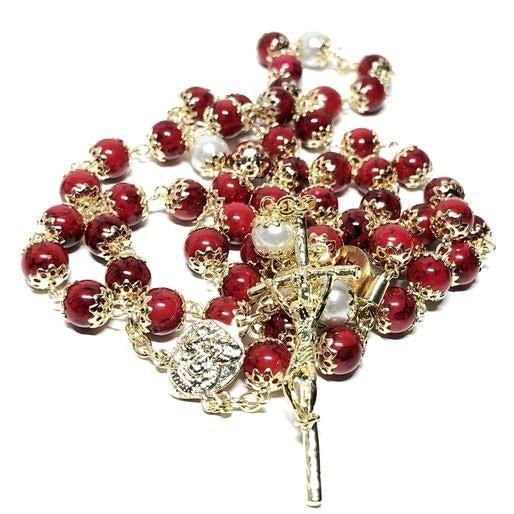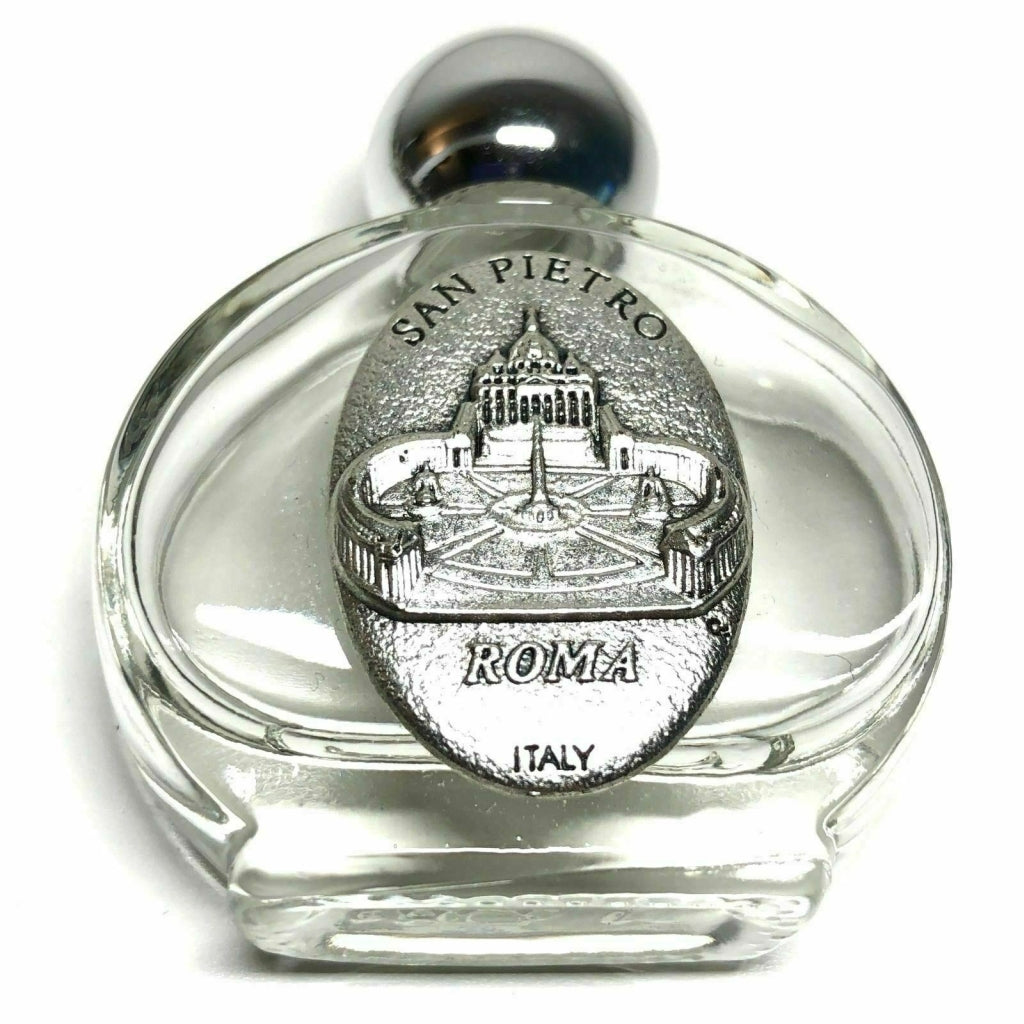Some of the saints in the Catholic tradition hold significance in scripture, but others hold significance due to the history of how the church has grown and evolved over the years. St. Catherine of Siena was born in 1347 in Siena, Italy and thus she got her title “of Siena”. She was born as a twin during an outbreak of the plague and her sister died as a newborn baby. When Catherine was a teenager, another sister died and therefore her husband was left as a widower. Catherine’s parents wanted her to marry her brother-in-law so that he wouldn’t be alone but she refused to do so, instead she cut off all of her hair and began fasting.
Her parents tried vehemently to get her to change her mind, but it simply was not possible. Over time, they gave up and allowed her to do what she thought was best for her life and her faith. Catherine was extremely religious but did not want to join a convent because it would take her away from her family. She viewed her father as a representation of Christ and her mother as a representation of the Blessed Virgin Mary, so she had no interest in living apart from them. Instead, she believed it to be her responsibility to stay close to home and serve her parents.
Catherine joined the Third Order of St. Dominic where the sisters taught her how to read. She was always giving things to people in need whether it was food or clothing or other material items. She was not known for asking permission prior to her generous giving, so there is documentation to show that there was some frustration there among her family members. When Catherine turned 21, she talks about experiencing a marriage to Christ and that she was given some sort of ring. Although there is much debate about whether the ring was physical or spiritual, the sentiment of the marriage and the change in her spiritual walk is significant.

After this event, Catherine became eager to serve people in need even more so than she already was. She spent a lot of time visiting hospitals and other places where people who were either poor or sick would gather. People began to support her mission to help the needy and she even began traveling in order to reach as many people in need as she could. She even got involved in the politics of her homeland and the politics of the church to try and bring reforms to the Catholic institutions. She was most noted for the salvation of a political prisoner who she visited behind bars to lead him to Christ.
St. Catherine of Siena established a monastery for women outside of her hometown so that women could participate in ministry as effectively as men and with the proper theological training and guidance. She was also responsible for brokering peace during a particularly controversial time in Italian politics. There was a lot of tension and splintering between the Vatican and the rest of the country and Catherine was able to help prevent a complete split among Italian city states. In many ways, she was a trailblazing woman and is a wonderful role model for young women being brought up in the Catholic tradition of how women can lean into their faith and harness strength of God to make an impact on the church.
Because of her commitment to those in need, she is seen as the patroness against fire, illness and of nurses and people ridiculed for their faith. Since she refused marriage and focused herself on her walk with God, she is also seen as the patroness against sexual temptation. Since she also had a big commitment to politics and church reform, she is also revered as the patroness of Europe and Italy, even seen by many as the patroness of the United States. Most likely because the church played the most significant political role in the Western Hemisphere, particularly in Europe and North America.
Check out our BLOG: CATHOLICALLY TODAY: LOVE, PRAY, WRITE to read more interesting articles.










